A stroke is what a mom does with a brush to her daughter’s hair. Or what she takes when she’s enjoying a game of golf with her husband. Or a move she makes while swimming in an inland lake with her family.
It’s not something that’s supposed to strike down a 26-year-old, leaving her paralyzed and unable to speak.
At least not in a world we’d like to believe in.
But on Feb. 22, 2014, as her husband worked outside on the family van, Autumn Wier had to use the bathroom. A few moments later, when she tried to get up from the toilet, she couldn’t.
“I yelled for my daughter and they called for my husband,” Autumn recalled. “I could hear people saying, ‘I think she’s having a stroke.’ They were right.”
Emergency medical personnel rushed the Muskegon woman to nearby Hackley Hospital. She was then transferred to the Stroke Center at Spectrum Health Butterworth Hospital where she spent 12 days in intensive care.
She woke up crying, unable to speak, or use her right side.
Her mind numbed. Even the little things seemed impossible. How would she cook, clean, take care of her family? What about her job as a bartender? Her social life? Frightening thoughts assaulted her mind. She did not have the strength, or the power, to slay them.
Her family waited nervously at her bedside, their hopes and her fears separated by an invisible wall, impervious with uncertainty. Doctors tended; nurses comforted.
“I wanted to talk and find out what was going on,” Autumn said recently. On the second day at Butterworth Hospital, surrounded by family, she yelled out, ‘NOOOOOOO.'”
It was the breakthrough they all had been hoping for, praying for, waiting for.
The primal screaming, the gut-grabbing-brick-wall-slamming reality of what had happened ultimately turned her recovery into a receptive “yes”—with the help of a team of therapists at Spectrum Health Center for Acute Rehabilitation at Blodgett Hospital. The therapists worked with her for several weeks as she regained strength, confidence and cognitive abilities.
En route to an afternoon doctor visit recently, the now-27-year-old Autumn returned to the rehab center for a reunion of sorts, a celebration of how far she had come, despite all odds.
She proudly and deftly walked into the therapy room, as if stomping out doubts with every step. Her story could have ended quite differently. She could be in a wheelchair. Or dead.
Therapists and other health care professionals wrapped their arms around Autumn when they saw her. Some still have photos of her in their work area to serve as an inspiration.
Linda Rusiecki, a physical therapist at the rehab center, said Autumn is an impressive role model.
“She’s probably the best stroke recovery I’ve ever seen in my life,” Rusiecki said.
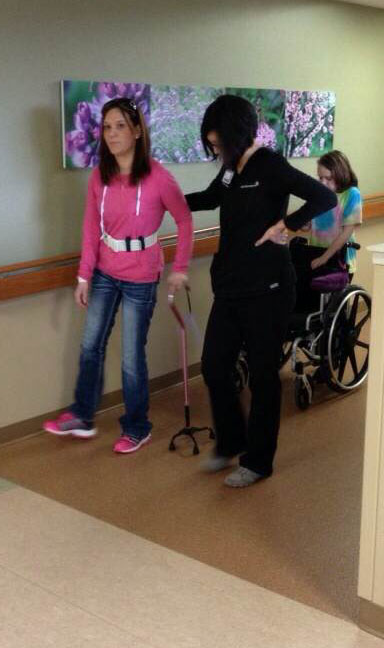
Many patients take months, and sometimes years, to get to the point where Autumn was in only three weeks.
“When she first came she couldn’t move her arm at all,” said Jessica Flood, an occupational therapist with the center.
Autumn not only has full use of her right arm, she also regained her speech and cognitive ability and is able to walk on her own.
“I can do everything I could do before the stroke,” Autumn said.
Spectrum Health experts credit her amazing recovery to her youth and the pillar of support her family gave her during—and after—the rehabilitation.
Autumn’s husband, Jay, daughter, Jayden, mom and grandma joined Autumn at the rehab reunion—a day they hoped and prayed would come, but could never be certain would arrive.
Jay said he stuck by his wife through it all, living at the hospital during her recovery. The couple’s three children stayed with their grandma.
“I didn’t want her to have to go through it alone,” Jay said. “It’s very surreal and very emotional being back here. It was really hard to go through all of this with her.”
Flood and Rusiecki strapped electronic Bioness cuffs on Autumn’s lower leg, then asked her to walk on the treadmill to demonstrate how they retrained her muscles to walk.
The cuff delivers an electric current to her leg muscles.
“You overload them from the outside and it forces the muscle to contract even though it’s paralyzed,” Rusiecki explained.
As her heel hits the ground, a sensor in her shoe helps lift up her toes.
“The muscles start firing at the proper time in the gait, which gets that paralyzed leg the motion of moving forward over and over,” she said.
Using the Bioness cuff and the treadmill simultaneously was the brainchild of therapy technician Jerrod Horton.
“We can’t find any studies of people using these together in therapy during the crucial acute rehab phase,” Rusiecki said. “I don’t know if we can attribute Autumn’s phenomenal progress to this, but it seems to be a tendency in the patients who have been doing this. It starts this cascade of improvement. Then the speech comes back. We don’t have a good answer as to why this is.”
She said the combo therapy is so effective that 75 to 80 percent of hemiplegic stroke patients who couldn’t walk when they started treatment leave walking.
Autumn said her right leg is still a little weak, and she has drop foot, but she’s pleased that she can walk “and kind of run, I just look a little funny doing it.”
She worked hard for this—going through therapy three to four hours a day, seven days a week.
“It was hard, but you have to work hard to get back (to) where you were,” Autumn said.
Speech therapist Lauren Mack gave Autumn a big hug when she saw her. They reminisced about Autumn’s early days of therapy, when it was difficult for her to count money, process thoughts and speak properly.
Autumn’s mom, Brenda Eitniear, said watching her daughter struggle to perform everyday tasks was frightening.
“We didn’t realize the stroke affected her brain the way it did,” Eitniear said. “We thought it was just physical.”
Autumn grabbed her bottle of water from her grandma, and continued to chat with Mack.
“I’m talking about going back to work part-time and I’m starting to drive,” Autumn said. “My memory is all back.”
Next, Autumn met up with Lisa Holt, physician assistant, during her reunion visit.
“You look so good,” Holt told her as they embraced. “You look like a million bucks.”
Holt discussed the underlying medical conditions—an inner cranial hemorrhage due to a malformation in her blood vessels. The bleeding in her brain caused the right-side paralysis.
“With that severe of a bleed you would think recovery is unlikely,” Holt said. “I’d definitely say you beat the odds. It’s good to see a happy ending. We don’t get to see the long range outlook of a lot of our patients so this is really cool.”
After hugging Holt goodbye, Autumn entered the therapy kitchen where she learned to cook and perform daily tasks all over again. Her eyes welled up.
“It was right here at this stove that I realized I couldn’t stand and cook and I just started crying,” Autumn said. “I was the one who cooked all the meals.”
Recreation therapist Jamie DuVerneay said she remembers Autumn’s anguish.
“You expressed a big concern,” DuVerneay recalled. “You said, ‘I want to be the mom I used to be.’ It was so hard because you had just turned 27 (during her hospital stay). I wanted to give you something to hold onto, something to give you a step forward.”
DuVerneay said she, too, was amazed at Autumn’s three-week recovery.
“You hit a point where I couldn’t keep up with your daily improvement,” she said. “Part of it was you were young, extremely motivated and you had an amazing support system.”
Autumn said the experience has changed her life. She’s more grown up now. She’s traded in partying for playing with her kids.
Her family ties have deepened.
“Make sure you tell your family members that you love them because you don’t know what will happen,” she said. “I never expected anything like this would happen.”
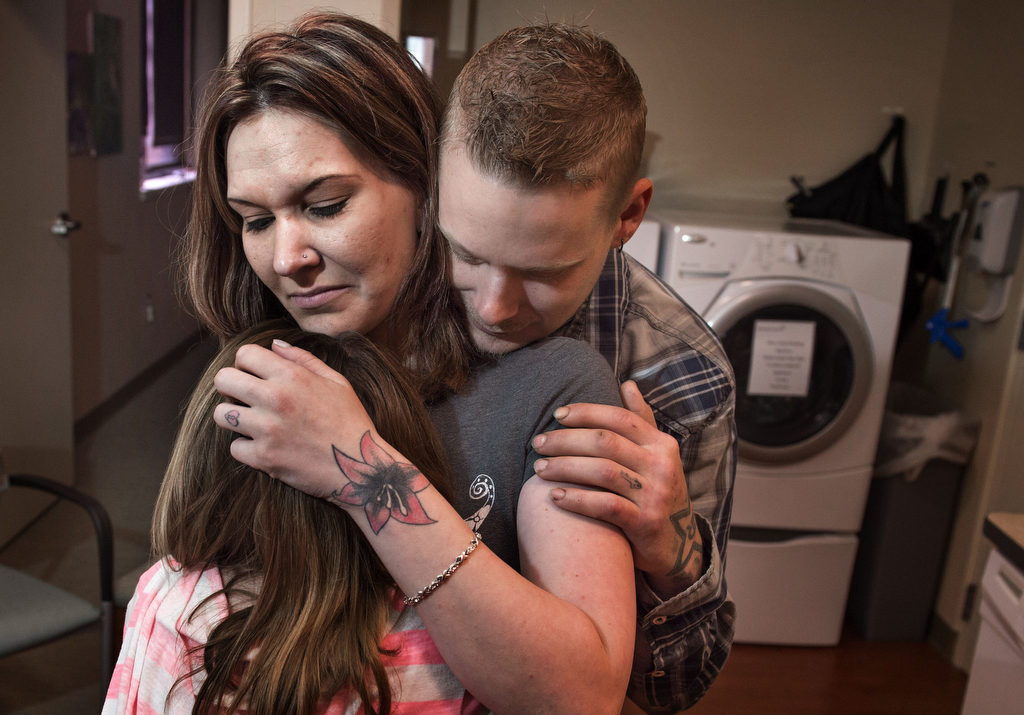

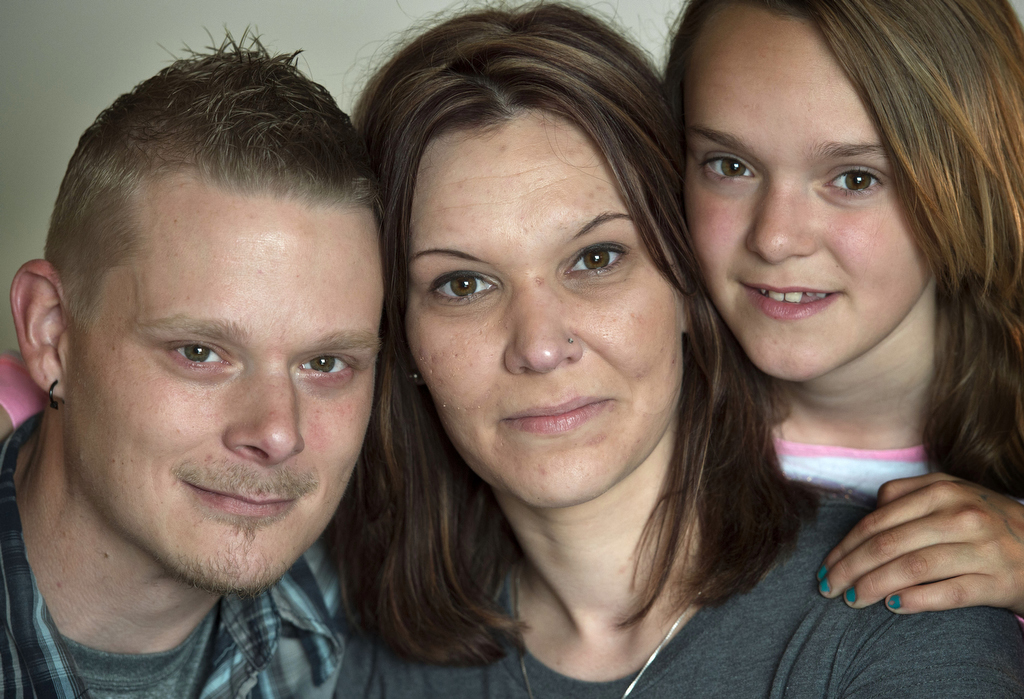



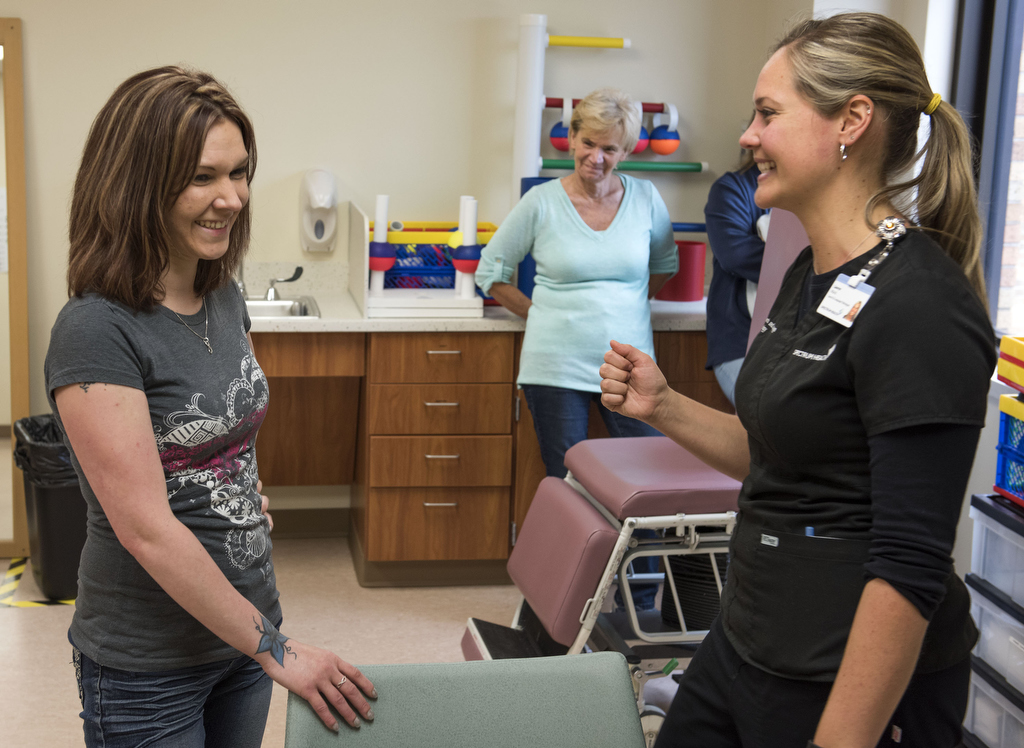
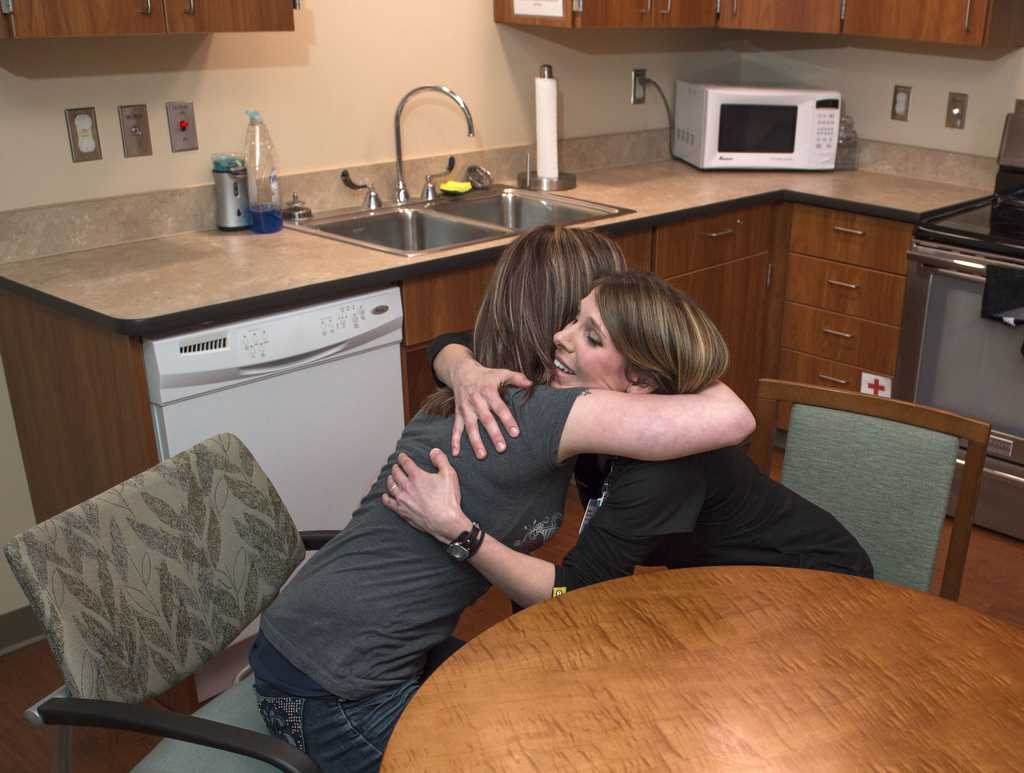
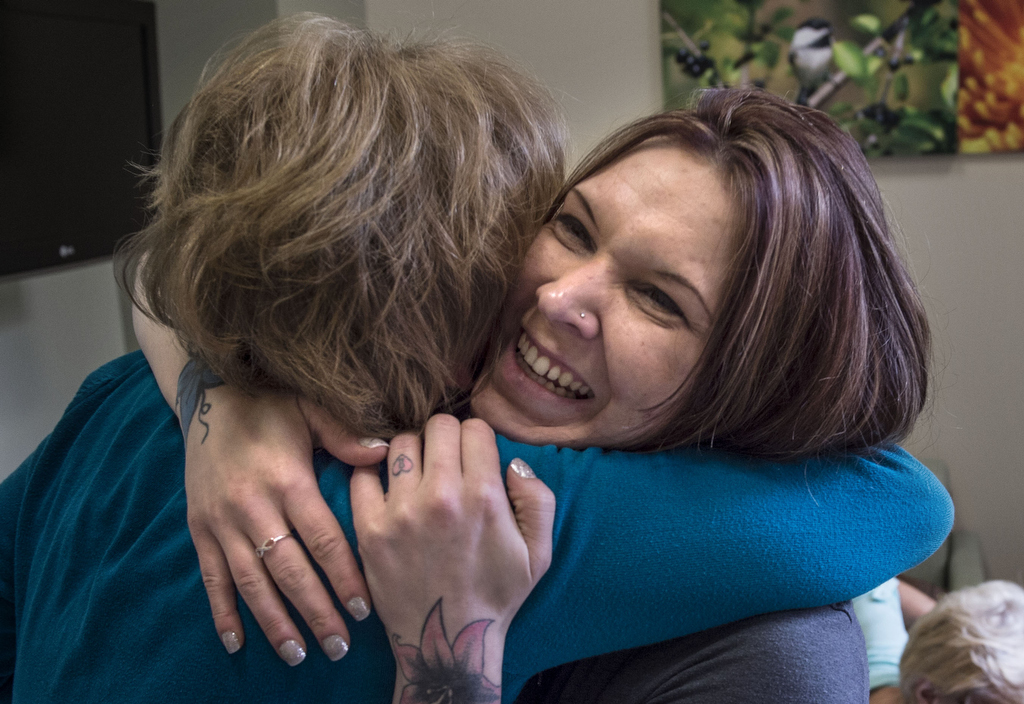
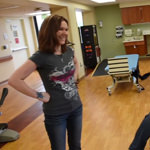
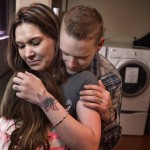
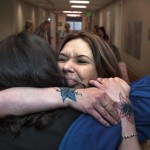


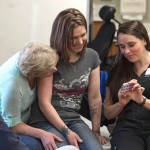




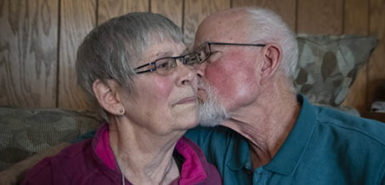 /a>
/a>
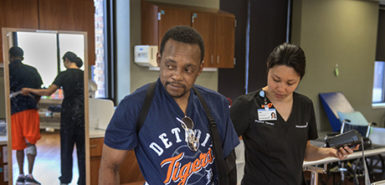 /a>
/a>
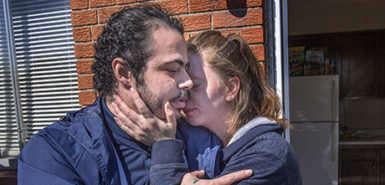 /a>
/a>
Inspiring story. Thanks for sharing.
You are amazing. I love you with all my heart. Im glad im still here to help you with life. ??????????
I had my stroke 265 days ago would like more info on legs and arm
Hi Joel – We’re glad you’re on the road to recovery after your stroke! Since every situation is different, we recommend that you discuss your questions with your neurologist and therapy team. Best wishes as you continue to mend.